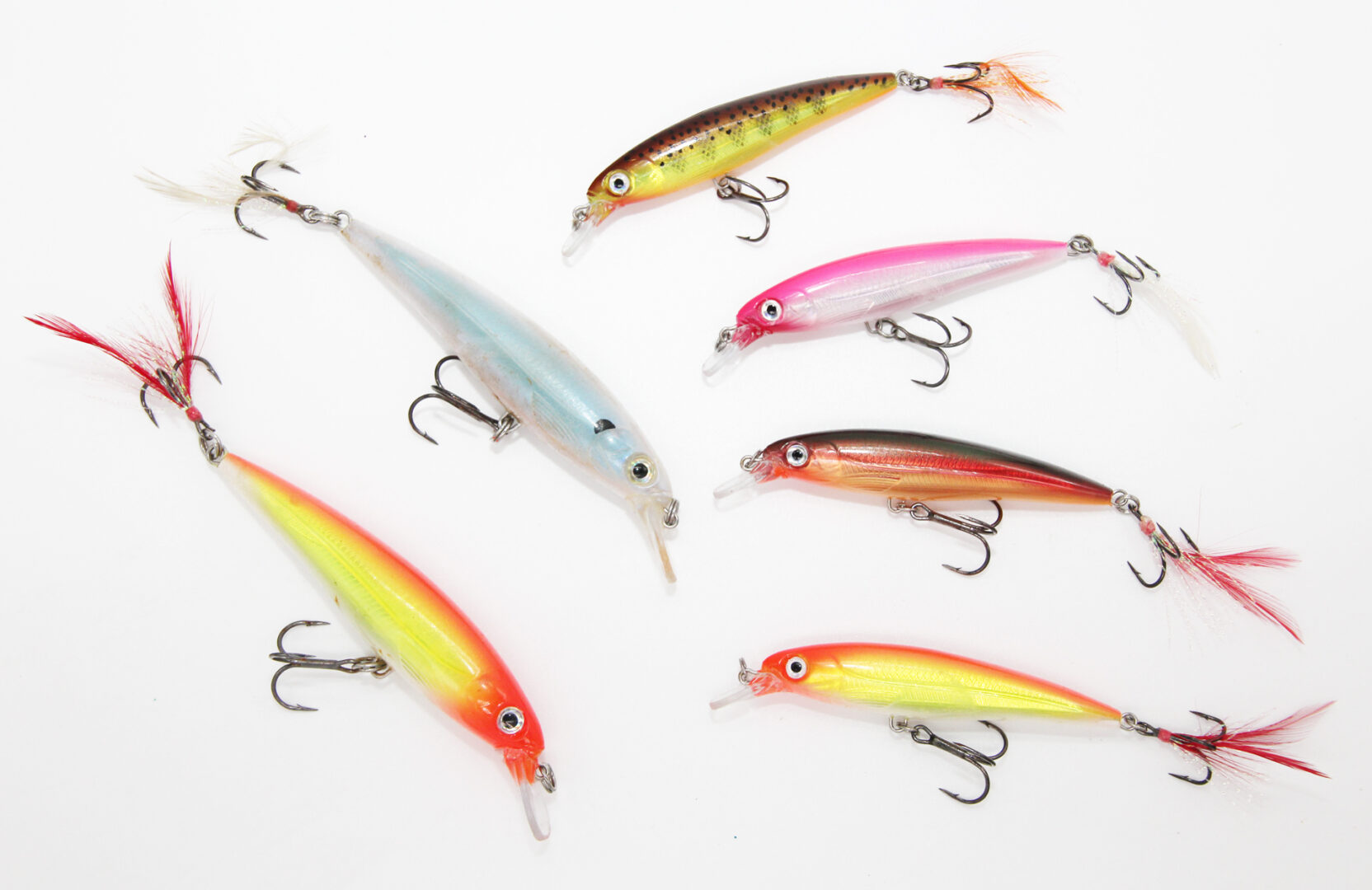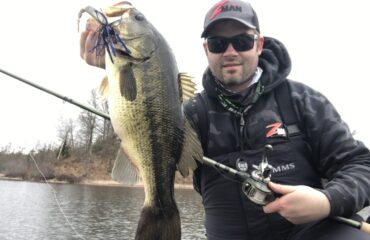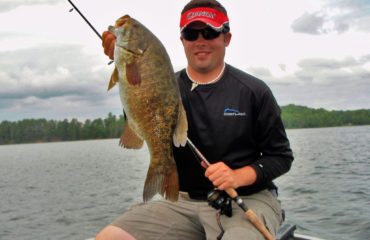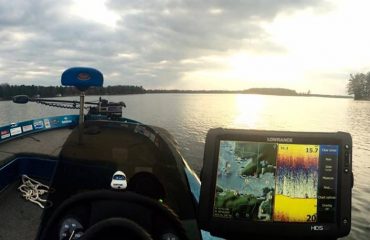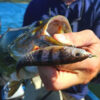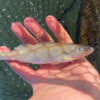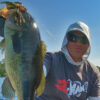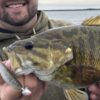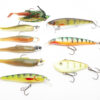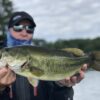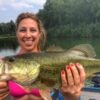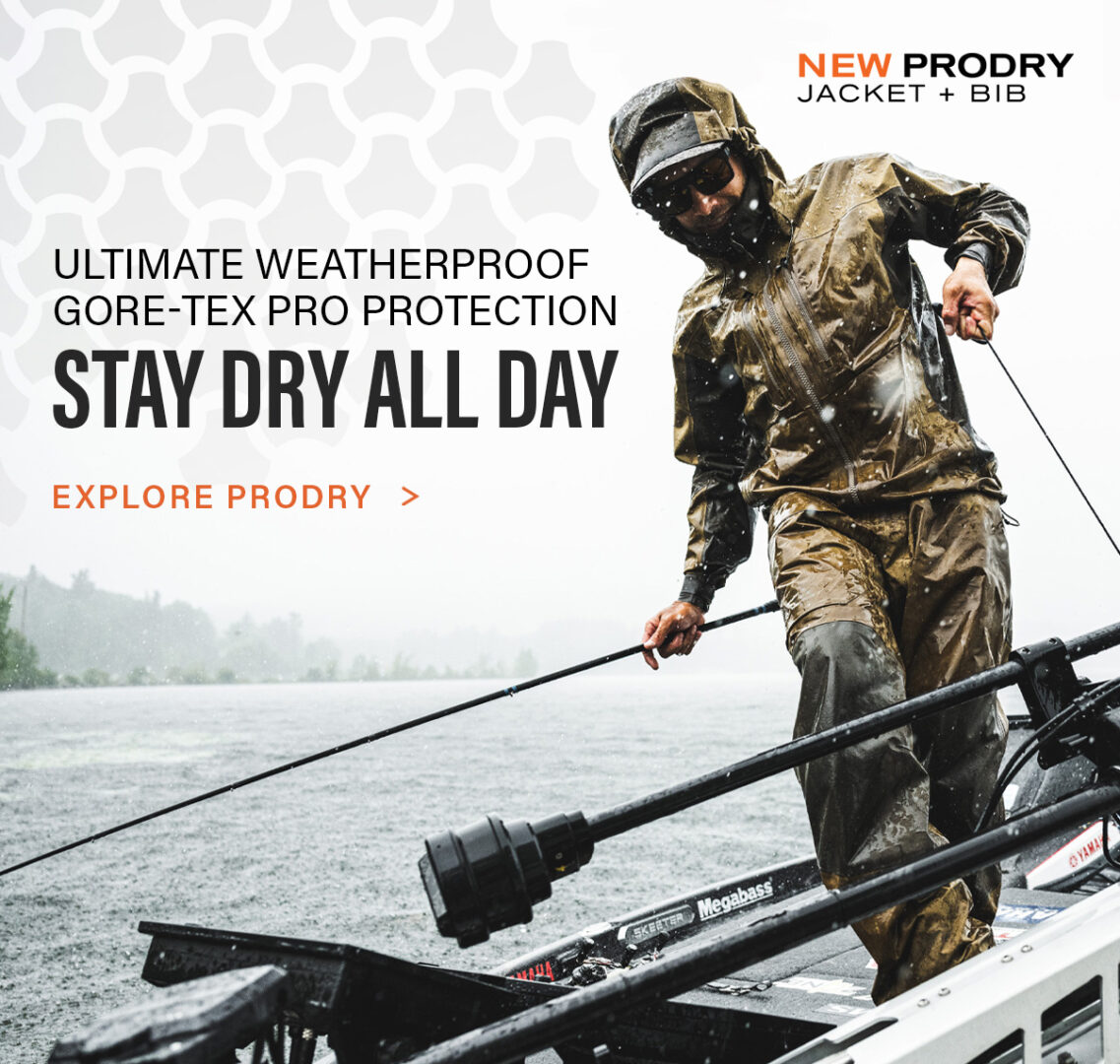Springtime Excellence with Rapala X-Raps
When smallmouth bass are staging for the spawn, I consider a suspending jerkbait the ultimate lure. It’s the first thing I turn to before anything else. Smallmouths aren’t on top and they aren’t on the bottom. They want to eat as they prepare for the spawn, but the water is still pretty cold so they aren’t very active. A suspending jerkbait such as the Rapala Xrap triggers them to bite
During the spring pre-spawn period, X-Rap smallmouths are best fished around shallow structure when water temperatures are in the range of 45 to 58 degrees. At peak feeding hours, fish will congregate in staging areas outside of known spawning sites, and ambush structure-oriented and pelagic baitfish species in relatively shallow water on main-lake structures such as rock bars, points, and drop-offs in depths of 6 to 15 feet. In addition, fish may even be in the extreme shallows feeding near downed wood cover and piers.
Smallmouth bass that are situated in shallow and mid-depth ranges like this are known to be most aggressive, and clearly exhibit their competitive nature. These fish tend to ambush and feed in groups of up to half a dozen fish. When hooked, it is a common occurrence to have followers trailing behind, attempting to steal the bait. Structure oriented smallmouths are the fish I prefer targeting most often. When they’re aggressively feeding and showing interest in the X-Rap it’s a guaranteed bite.
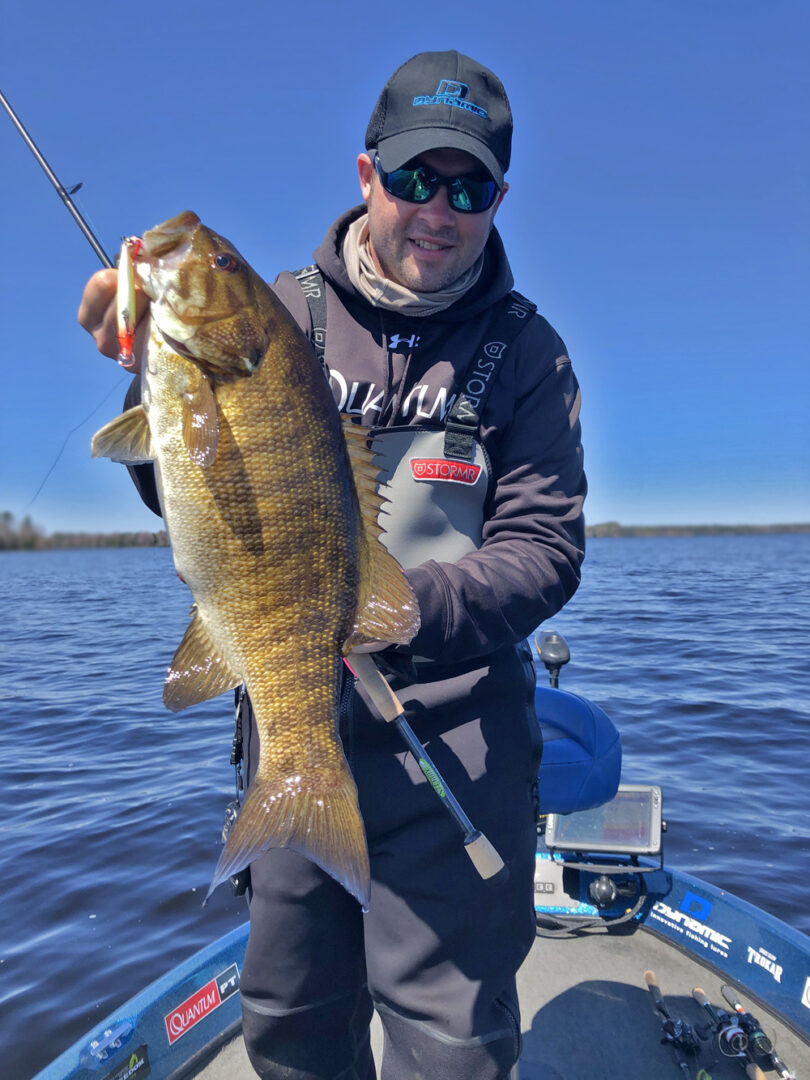 When smallmouths are located in the shallows, and can be seen in the water feeding and traveling in their packs, the best way to fish an X-Rap is to be as aggressive as possible. I make long casts so as not to spook the fish, and use erratic retrieves with frequent jerks. Fish will usually strike on the pause.
When smallmouths are located in the shallows, and can be seen in the water feeding and traveling in their packs, the best way to fish an X-Rap is to be as aggressive as possible. I make long casts so as not to spook the fish, and use erratic retrieves with frequent jerks. Fish will usually strike on the pause.
I typically work jerkbaits with sharp tugs. The aggressiveness of each jerk and the length of the pause between them varies largely by water temperature and by the stage of any front pushing through. Cool water temperatures and post-frontal conditions call for a very slow approach while actively feeding smallmouths demand aggressive techniques.
I fish my suspending jerks on spinning rods such as St. Croix 7-foot MHF Avid-X (AVS70MHF) and 6-foot 8-inch Victory Tactical (VTS68MXF), and casting rod that includes a 6-foot 8-inch Victory The Jerk (VTC68MXF). The flex and sensitivity of these new Victory rods are in a league of their own. For spinning reels, I recommend a size-30 model with oversize spool to help achieve long casts. I still fish with straight 8 to 10 lb. copolymer lines. On the baitcaster meanwhile, 10 lb. and 12 lb. Seaguar Red Label fluorocarbon is the ideal choice.
During spring, smallmouths are prone to move back and forth between shallower or deeper water if necessary – whether to evade pressure or in reaction to fronts and water temperature fluctuations. Therefore, it is important to make adjustments along the way in terms of boat positioning and casting angles. I’ve had some of my best and most epic days of jerkbait fishing while playing the wind and seeking the warmest waters of the system. However, if fish are showing signs of aggression then they can be caught in nearly all conditions.


